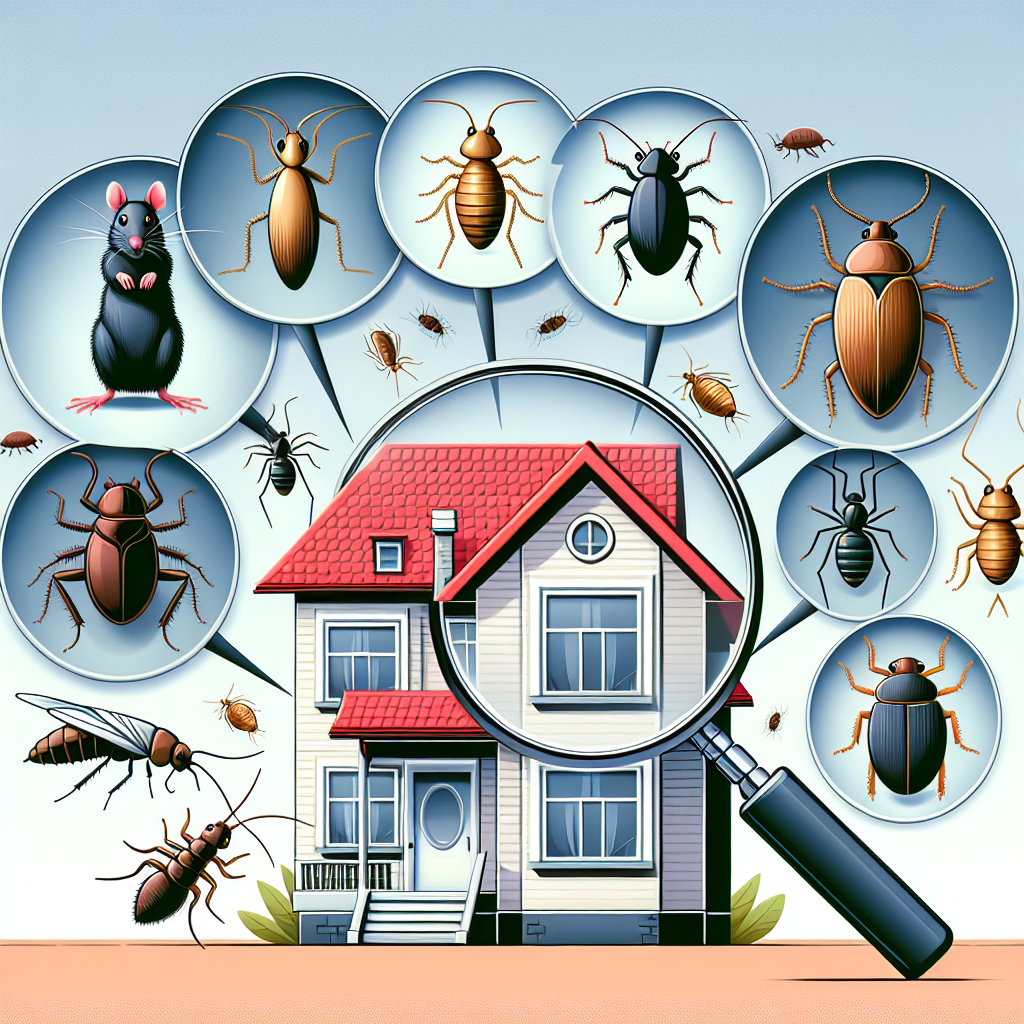Household pests can be more than just a nuisance; they can pose health risks and cause significant damage to your home. Recognizing these unwelcome visitors is the first step in managing and eliminating them effectively. In this article, we will explore some of the most common household pests, how to identify them, and tips for prevention.
Understanding Household Pests
Pests come in all shapes, sizes, and species. They invade our homes searching for food, shelter, and warmth. Understanding their behaviors and habitats can significantly help in identifying and dealing with them. Common pests include ants, cockroaches, rodents, termites, and bedbugs, among others.
Ants: Tiny Invaders
Identification
Ants are often identifiable by their segmented bodies and antennae. They vary in color from black to red or brown. You may notice them trailing in lines as they carry food back to their colonies. Carpenter ants, in particular, can be a problem as they tunnel through wood, potentially compromising the structure of your home.
Signs of Infestation
Look for small piles of sawdust, which can indicate carpenter ants. You might also spot food debris, as ants are scavengers that look for sugary or greasy items.
Cockroaches: The Resilient Pests
Identification
Cockroaches are dark brown or black and have a shiny, oval body. Their long antennae and speedy movements make them easy to recognize. The most common types found in homes are the German cockroach and the American cockroach.
Signs of Infestation
You may find cockroach droppings, which resemble small black pepper specks, as well as a musty odor in areas they frequent, such as kitchens and bathrooms. Egg cases, or oothecae, may also be seen in hidden corners.
Rodents: Sneaky and Destructive
Identification
Rodents like mice and rats have robust bodies, short hair, and long tails. Mice are typically smaller, while rats tend to be larger and are often found in basements or attics. They can easily enter through tiny crevices due to their flexible bodies.
Signs of Infestation
Look for gnaw marks, nests made of shredded paper or fabric, and droppings, which are small and dark for mice, and larger and more tubular for rats. If you hear scratching noises in walls or ceilings, you may have a rodent problem.
Termites: Wood-Destroying Pests
Identification
Termites are often mistaken for ants due to their similar size and color, but they have straight bodies and two pairs of wings that are equal in length. They are typically light brown to yellow in color.
Signs of Infestation
The most telling sign of a termite problem is the presence of mud tubes along foundations or walls. Additionally, you may notice damaged wood that sounds hollow when tapped. Early detection is crucial, as termites can cause substantial damage over time.
Bedbugs: The Unwanted Sleep Companions
Identification
Bedbugs are small, reddish-brown insects that are oval and flat. They do not have wings, and their nymphs are much smaller and lighter in color. Unlike other pests, bedbugs primarily feed on blood at night.
Signs of Infestation
Look for dark spots on bedding or mattress seams, which are fecal stains, and bite marks on your skin, often appearing in clusters or lines. You might also discover shed skins, which are a sign of bedbug molting.
Prevention Tips
Keeping Your Home Pest-Free
-
Sealing Entry Points: Regularly inspect your home for cracks and crevices. Sealing these can significantly reduce pest entry.
-
Proper Food Storage: Store food in airtight containers, and keep kitchen surfaces clean to eliminate food sources for pests.
-
Regular Cleaning: Vacuum and dust regularly to remove crumbs and debris that attract pests.
-
Manage Moisture: Many pests, like cockroaches and termites, thrive in moist environments. Fix leaks and use dehumidifiers as needed.
- Professional Help: If you spot significant signs of infestation, consider calling a pest control professional for a thorough evaluation and treatment.
Conclusion
Being proactive in identifying and managing common household pests is crucial for maintaining a healthy living environment. Regularly checking for signs of pests, practicing good sanitation, and taking corrective actions can go a long way in keeping your home pest-free. With a little diligence and attention, you can make your living space a sanctuary—free from unwanted guests!
By understanding the common household pests and knowing how to identify them, you can act swiftly to ensure that your home remains a safe and comfortable space for you and your family.


